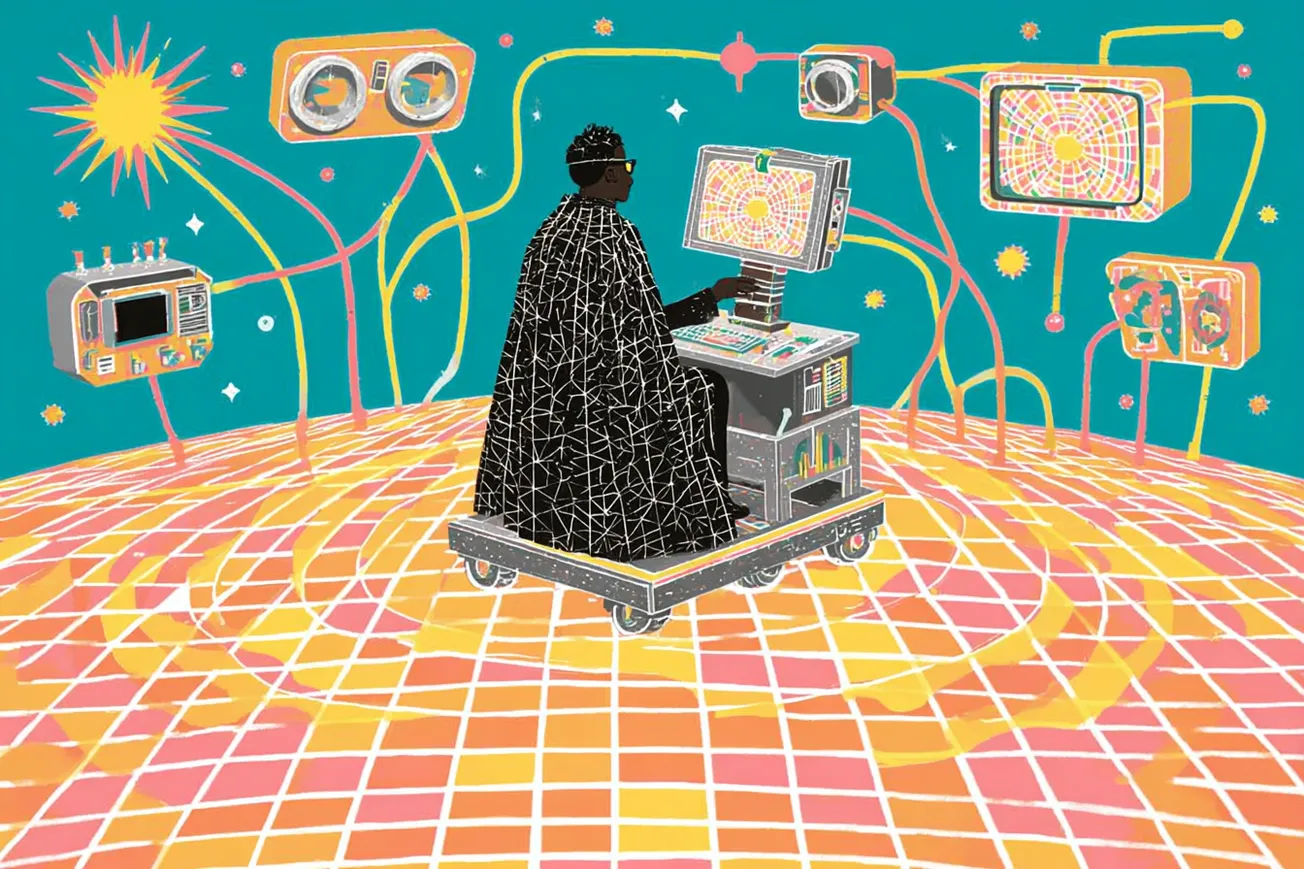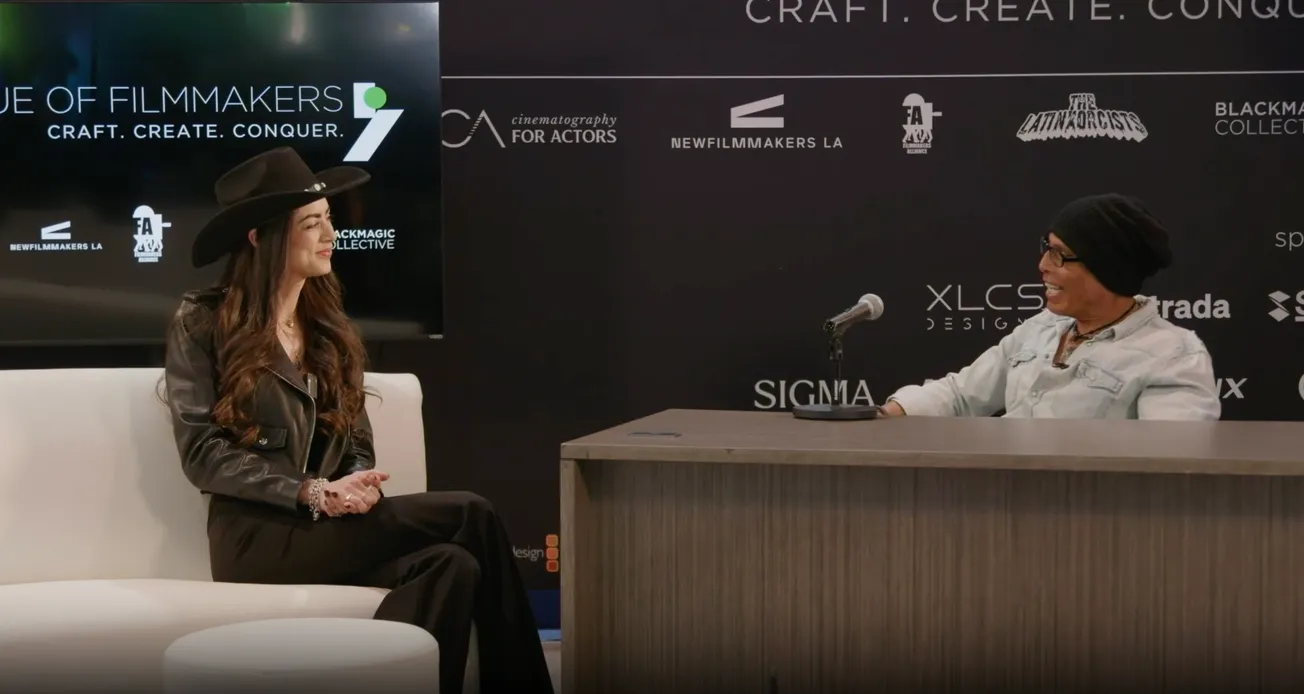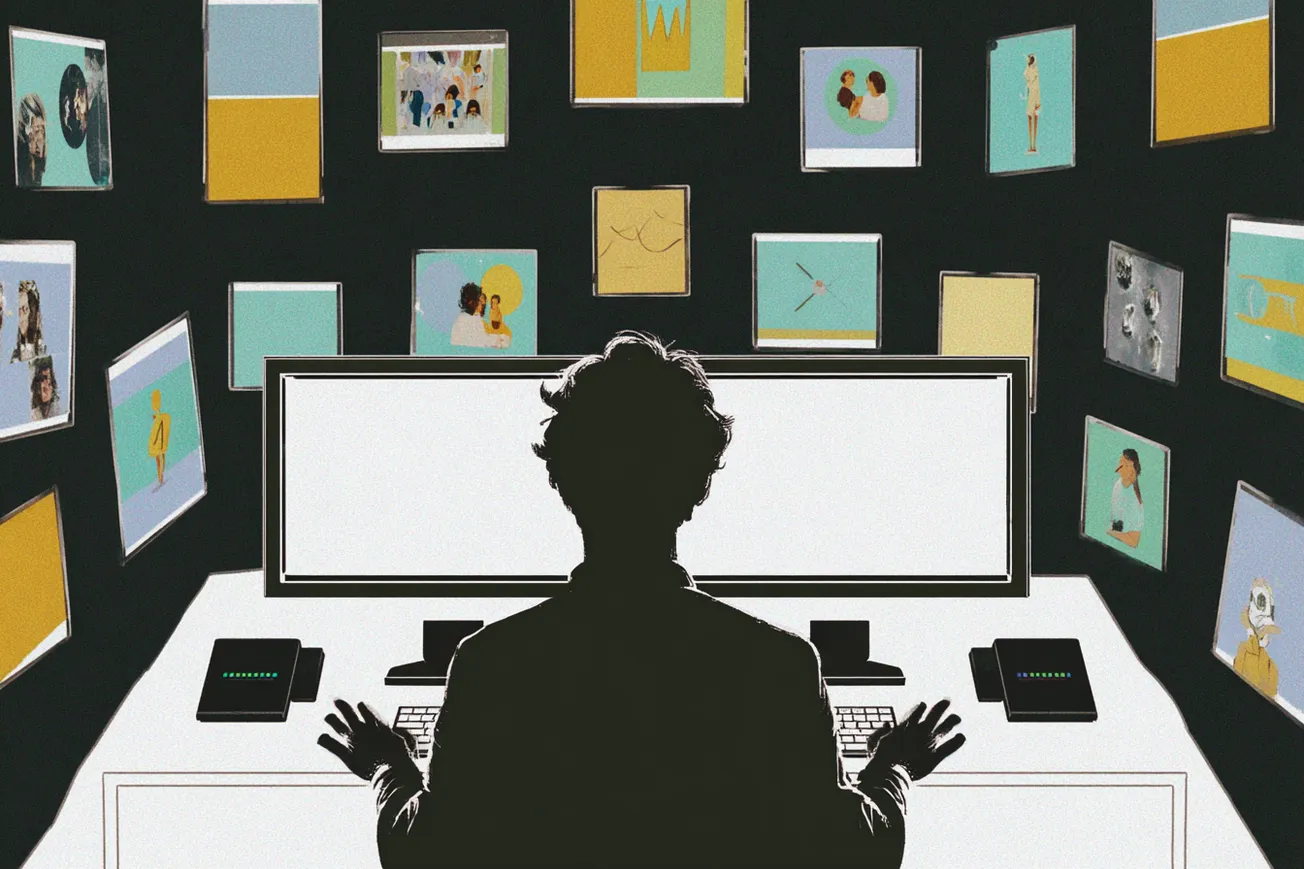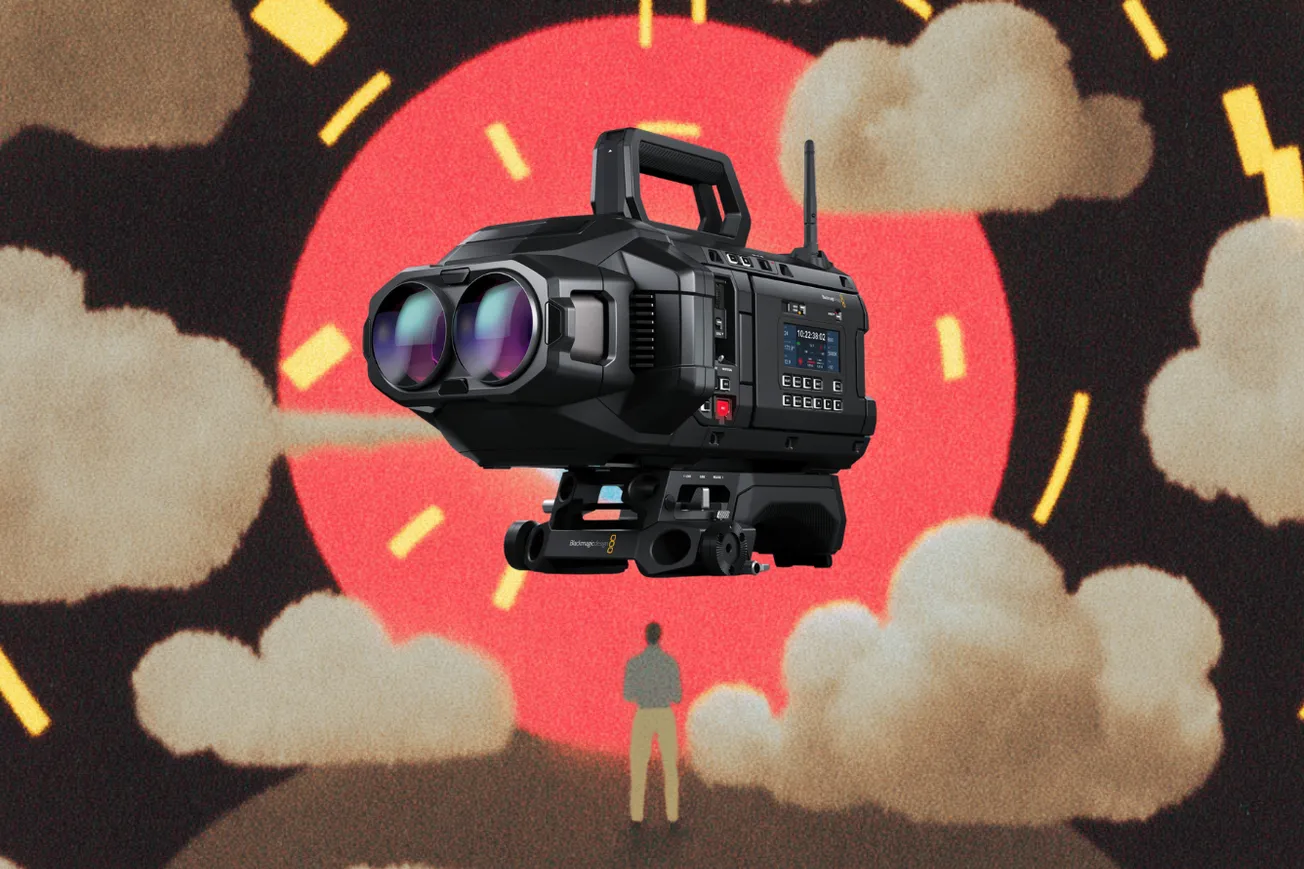Table of Contents
In today’s evolving film landscape, the importance of technology in storytelling has become paramount. The role of the Digital Imaging Technician (DIT) stands at the intersection of creativity and technology, ensuring that the visual integrity of a project is maintained throughout the production process. In a recent discussion with Dane Brehm, an experienced DIT and director of photography, we explored the multifaceted responsibilities of a DIT and the exciting developments in immersive filmmaking.
What is a Digital Imaging Technician (DIT)?
A Digital Imaging Technician is often referred to as the chief technology officer of the camera department. Working closely with the cinematographer, a DIT plays a crucial role in:
- Camera Management: Overseeing the camera's exposure, color settings, and data management.
- Coordination with Other Departments: Collaborating with lighting, grip, and visual effects teams to execute the vision of the cinematographer.
- At the Heart of Production: Using a specialized cart as a command center where vital decisions regarding camera movement and lighting take place.
Key Responsibilities of a DIT
- Media Management: Collecting and organizing video footage, camera data, and accompanying information known as metadata.
- Workflow Definition: Establishing and maintaining the workflow for the camera department, ensuring seamless integration with other departments.
- Team Coordination: Often working alongside a team that can include a video utility or camera utility, and data loaders, especially on larger productions.
Immersive Filmmaking and its Implications
Dane Brehm discussed the shift towards immersive projects in filmmaking, highlighting his recent work with innovative technologies such as the Apple Vision Pro. Immersive filmmaking offers a 210-degree narrative experience, enabling filmmakers to engage audiences on a more personal level.
What Makes Immersive Different?
Unlike traditional filmmaking, which often utilizes close-ups and tight shots, immersive storytelling demands a wider depth of field. DITs must adjust their techniques to accommodate this unique viewing experiencDIRe.

Technical Considerations: Proper framing is key in immersive environments. DITs need to understand how curvature impacts the story being told and work to minimize viewer discomfort by avoiding shallow depth of field techniques.
The Future of Filmmaking
The integration of immersive technology is rapidly changing how stories are told in film and television. Dane hinted at future advancements in virtual production, emphasizing the emotional core of storytelling, regardless of the technological medium used. The goal remains: to create compelling narratives that resonate with audiences.
Innovative Tools and Techniques: As tools like virtual reality headsets and advanced camera rigs become more accessible, the storytelling possibilities expand significantly.
Why Understanding the Role of DITs Matters
The role of a Digital Imaging Technician is vital in today’s film and television landscape. As the industry shifts towards more immersive storytelling, the responsibilities and skills associated with this role continue to evolve. It is essential for creatives to embrace these changes and further their understanding of technical aspects in filmmaking.






